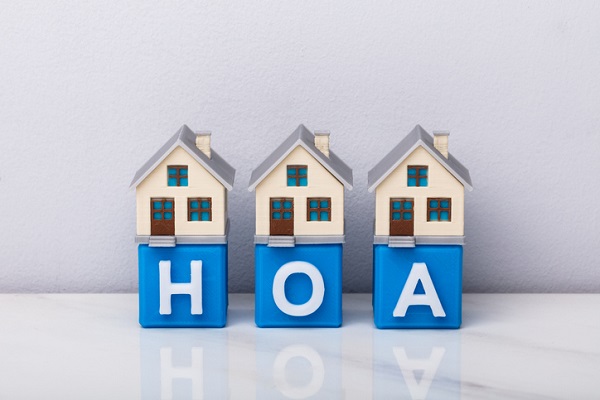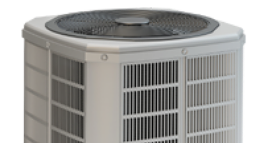The popularity of homeowners associations (HOAs) has skyrocketed over the past decade, especially in the Midwest, South, and West. According to the US Census Bureau, 75% of all new construction homes belong to an HOA as of 2019. With 60% of Buyers saying they’d prefer a new construction home, it’s important to know how to explain the pros and cons of HOAs.
The pros of HOAs
HOAs can provide your Buyers with benefits, especially if they’re looking for new construction in the South and West.
A sense of community
Community is important to Buyers, especially millennials. Well-run HOAs can provide a sense of community right away. Between HOA events and board meetings, Buyers have ample opportunities to meet their neighbors easily.
Additionally, well-run HOAs tend to have strict rules governing the neighborhood. That can reduce the likelihood of fights between neighbors over how a lawn looks, for example.
Lower maintenance and utility costs
HOAs generally have maintenance staff on call to address major problems. They also take care of community areas, keeping them clean and maintained.
Buyers will also have fewer responsibilities in setting up their utilities, like water, trash pickup, and snow removal. So, rather than paying a bunch of different bills themselves, Buyers in HOAs may be able to simply pay the HOA. That can be more convenient and help your Buyers save money.
Built-in amenities
One of the biggest draws of HOAs is the amenities. Pools, gyms, golf courses, tennis courts, and playgrounds are just some of the amenities HOAs may provide. Well-run HOAs may also host community parties and social gatherings, making it even easier for Buyers to make friends and settle into the new neighborhood.
The cons of HOAs
Though HOAs are popular, they aren’t for everyone. As you help your Buyers find a home, make sure you let them know about some of the potential downsides of living in an HOA community.
HOA fees
HOA fees are notorious among Buyers. Many HOA Buyers can expect to pay between $200 and $400 a month in fees. However, not all HOAs are created equal. While some HOAs may charge fees on the lower end of the scale, some HOAs—like certain HOAs in California—may charge thousands of dollars a month.
Your Buyers should have a sense for what their fees are getting them. While it may be worth the fees, poorly run HOAs can make Buyers feel like they aren’t getting much out of their dues.
Less decision-making freedom
If your Buyers want a chance to landscape, build, or fix things, HOAs may not be for them. Many HOAs include strict rules about what owners can do to their homes.
Some Buyers may not mind that the HOA forbids certain exterior paint colors, for example. However, Buyers must be comfortable with other, more meticulous limits. For instance, HOAs may not allow gardening or hanging flags. They may forbid owners from owning pets or keeping things like boats on their property.
A bad board can ruin the experience
The difference between a good and bad HOA board can be the difference between a happy client and an upset client. Poorly run HOA boards may skimp on (or outright ignore) repair requests. They may raise HOA fees to cover for financial mismanagement. And unfortunately, sometimes members of HOA boards simply let the power go to their heads.
2-10 HBW offers comprehensive systems and appliances home warranties to help protect your clients from unexpected repair and replacement costs. Contact us to learn more.
Related content
3 Ways a Home Warranty Benefits Real Estate Pros








